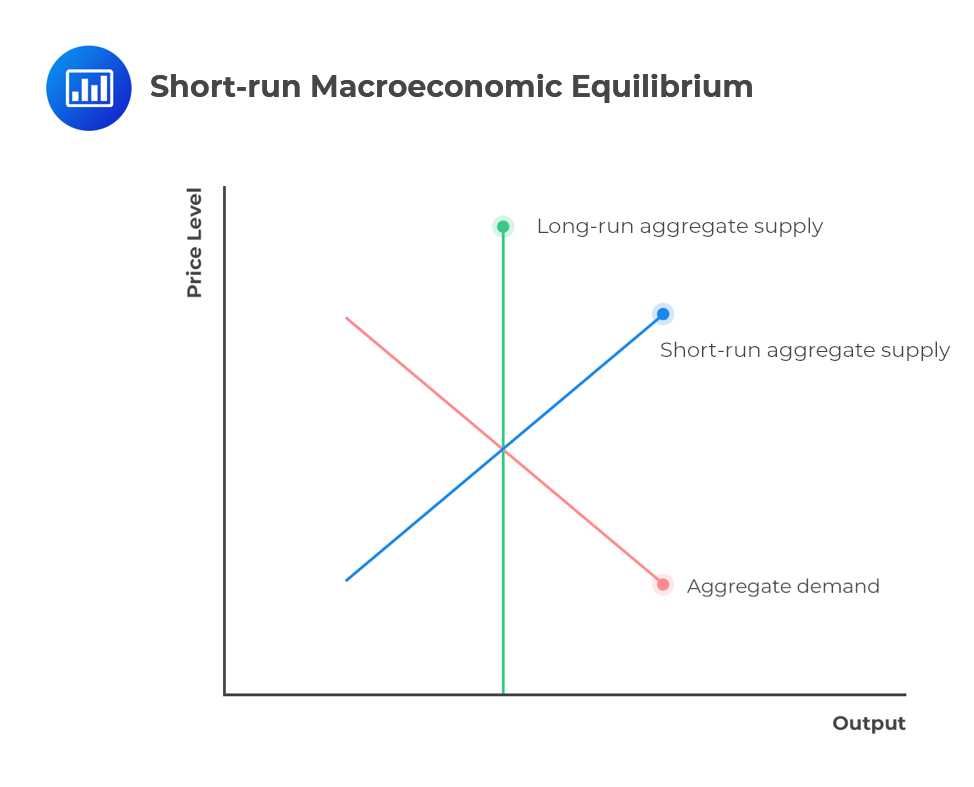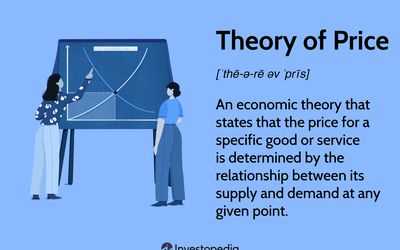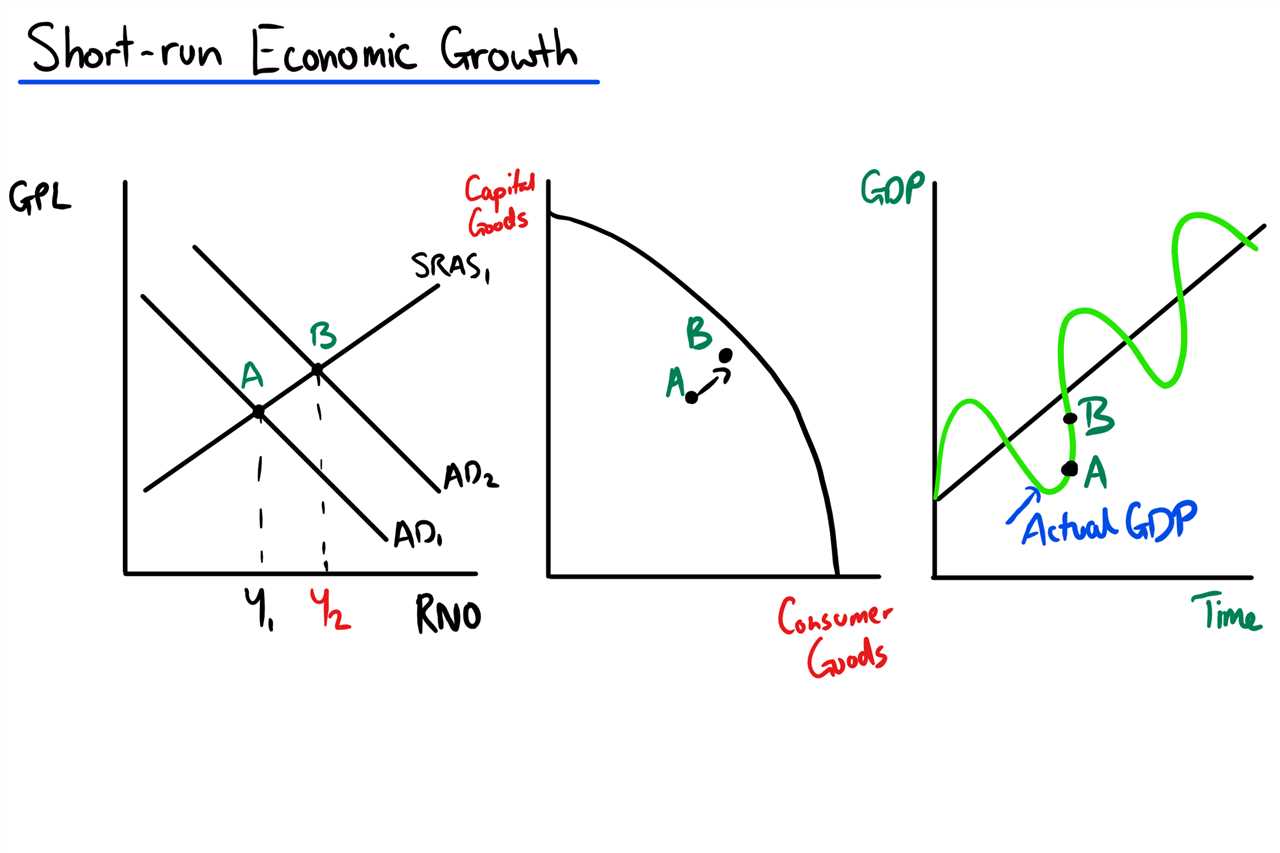What is Short Run in Economics?
In economics, the short run refers to a period of time in which at least one input of production is fixed, while others can be varied. It is a concept used to analyze the behavior of firms and industries in the face of changing market conditions.
During the short run, firms are unable to adjust all of their inputs to production due to various constraints, such as limited time, resources, or technology. As a result, they must make decisions based on the fixed input and the variable inputs available to them.
| Key Concepts | Factors |
|---|---|
| – Fixed input | – Limited time |
| – Variable inputs | – Limited resources |
| – Production decisions | – Technological constraints |
| – Market conditions | – Demand changes |
Definition and Examples

In economics, the short run refers to a period of time in which at least one input in the production process is fixed, while others can be adjusted. This means that in the short run, a firm cannot change its capital or plant size, but it can vary its labor and other variable inputs.
The concept of the short run is important in economics because it helps us understand how firms make production decisions when they have some inputs that cannot be easily changed. It also allows us to analyze the impact of changes in variable inputs on the firm’s output and costs.
Short Run vs. Long Run
It is important to distinguish between the short run and the long run in economics. While the short run refers to a period of time with fixed inputs, the long run refers to a period of time in which all inputs can be adjusted.
For example, in the long run, a bakery could decide to expand its production capacity by investing in more ovens and hiring additional bakers. However, in the short run, it can only adjust the number of bakers it employs to meet the demand for baked goods.
How Does Short Run Work?
In economics, the short run refers to a period of time in which at least one factor of production is fixed, while others can be varied. This means that some inputs, such as capital or land, cannot be changed in the short run, while others, such as labor or raw materials, can be adjusted.
During the short run, firms have limited flexibility in adjusting their production levels. They can only increase output by using more of the variable inputs, while keeping the fixed inputs constant. For example, a bakery may be able to hire more workers or purchase additional flour to produce more bread, but it cannot expand its physical space or invest in new equipment in the short run.
One key concept in the short run is the law of diminishing returns. As firms increase the quantity of variable inputs, such as labor, while keeping the fixed inputs constant, the marginal product of the variable input will eventually decrease. This means that the additional output gained from each additional unit of the variable input will be smaller and smaller.
Another important factor to consider in the short run is the relationship between costs and output. In the short run, firms may experience both fixed costs and variable costs. Fixed costs, such as rent or insurance, do not change with the level of output, while variable costs, such as labor or materials, vary with the level of production.
Overall, the short run is a crucial concept in economics as it helps us understand how firms make production decisions when faced with fixed and variable inputs. It highlights the trade-offs and limitations that firms face in the short term, and how they can optimize their production levels given these constraints.
Key Concepts and Factors

1. Time Period:
The short run is a time period in economics that is characterized by the presence of fixed inputs. It is a relatively brief period of time in which some factors of production cannot be adjusted. This time period is usually distinguished from the long run, where all inputs can be adjusted.
2. Fixed Inputs:
In the short run, there are certain inputs that are considered fixed. These inputs cannot be easily changed or adjusted within the given time period. Examples of fixed inputs include capital, land, and certain types of labor. The inability to adjust these inputs in the short run leads to certain constraints and limitations for firms.
3. Variable Inputs:
On the other hand, there are also inputs that are considered variable in the short run. These inputs can be adjusted and changed within the given time period. Examples of variable inputs include raw materials, energy, and certain types of labor. Firms have more flexibility in adjusting these inputs to adapt to changing market conditions.
4. Production Function:
5. Law of Diminishing Marginal Returns:
The law of diminishing marginal returns is a fundamental concept in economics that applies to the short run. It states that as more units of a variable input are added to a fixed input, the marginal product of the variable input will eventually decrease. This means that the firm’s ability to increase output becomes less efficient as it uses more of the variable input.
6. Cost Structure:
Guide to Microeconomics: Short Run
Definition and Examples
The short run can be defined as a time frame in which some inputs in the production process are fixed, while others can be adjusted. For example, in the short run, a bakery may have a fixed amount of oven space and baking equipment, but the amount of labor and ingredients can be varied. Similarly, a factory may have a fixed amount of machinery, but the number of workers can be changed.
Another example of the short run can be seen in the housing market. In the short run, the number of houses available for sale is fixed, but the demand for housing can fluctuate. This can lead to changes in prices and market conditions.
How Does Short Run Work?

In the short run, firms and businesses make decisions based on the fixed and variable factors of production. They aim to maximize their profits by adjusting the variable inputs while keeping the fixed inputs constant. This involves analyzing the costs and benefits of different production levels and making decisions that optimize their resources.
For example, a firm may decide to hire more workers in the short run to increase production and meet higher demand. However, they may also face diminishing returns to labor, where each additional worker contributes less to the overall output. This trade-off between costs and benefits is a key consideration in the short run.
Key Concepts and Factors
There are several key concepts and factors to consider in the short run. These include:
- Fixed inputs: These are the factors of production that cannot be easily changed in the short run, such as machinery, equipment, or physical space.
- Variable inputs: These are the factors of production that can be adjusted in the short run, such as labor, raw materials, or energy.
- Diminishing returns: This concept refers to the idea that as more of a variable input is added in the short run, the marginal product of that input will eventually decrease.
- Costs and benefits: Firms must consider the costs and benefits of adjusting their variable inputs in the short run. This involves analyzing the impact on production levels, costs of inputs, and potential profits.

Emily Bibb simplifies finance through bestselling books and articles, bridging complex concepts for everyday understanding. Engaging audiences via social media, she shares insights for financial success. Active in seminars and philanthropy, Bibb aims to create a more financially informed society, driven by her passion for empowering others.
